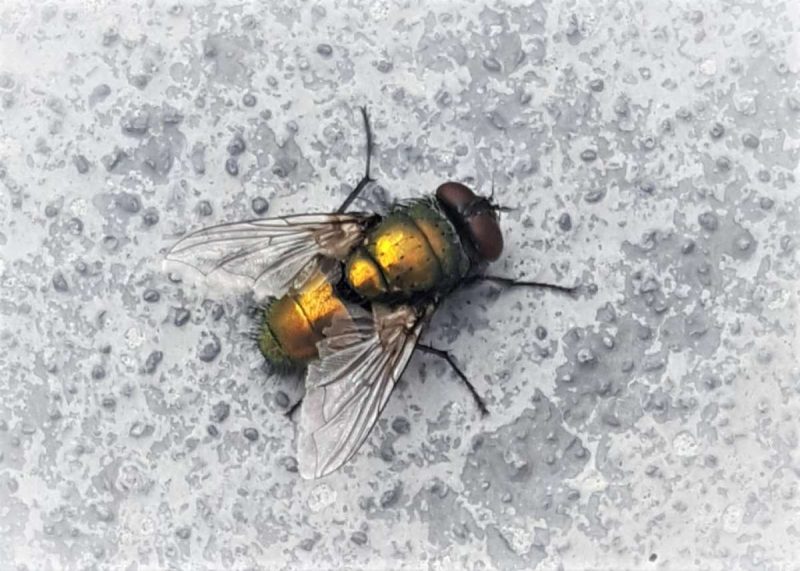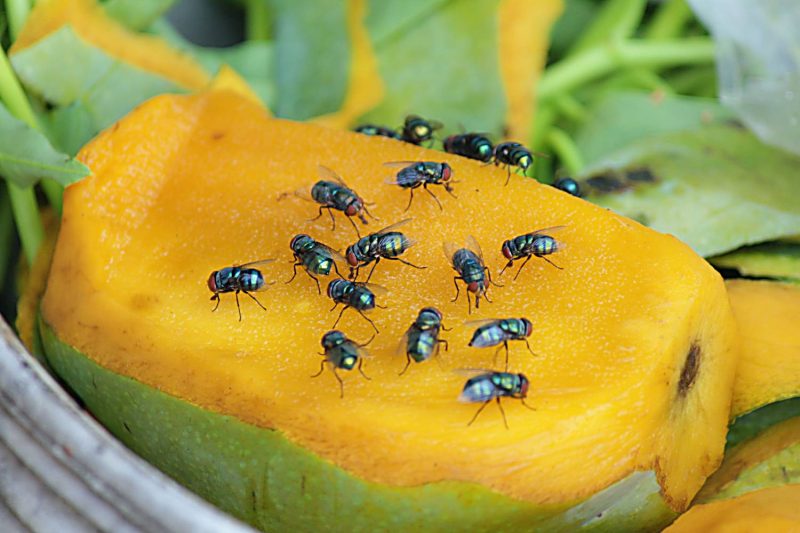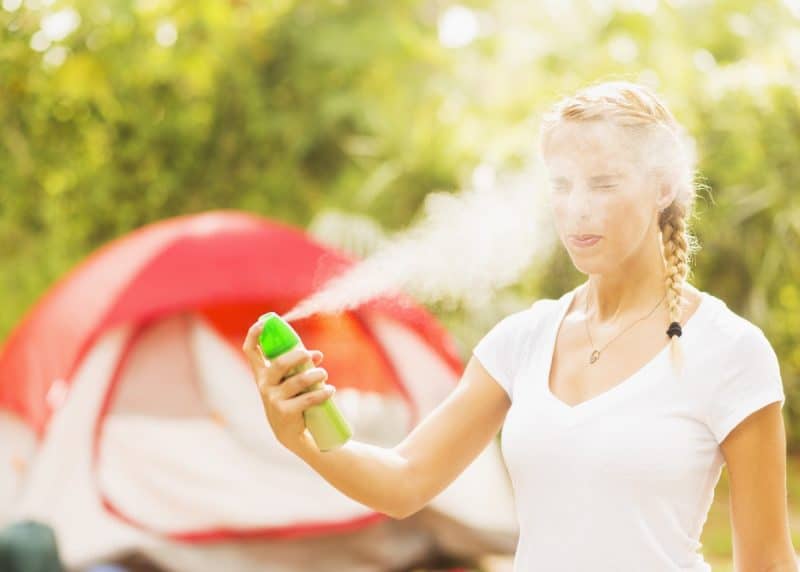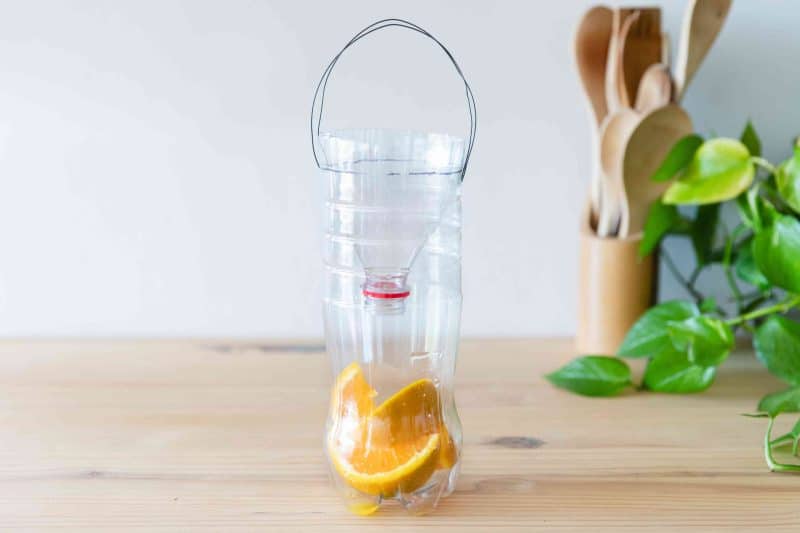Blowflies love to feed on the dead carcasses of small animals. These are medium to large flies with a metallic glare. They come in yellow, blue, and green. The mentioned flies can reproduce in manure if they cannot find a dead small animal for laying their eggs. These flies can detect dead animals right away.
How to know if your home is infested with blowflies
It is easy to detect a blowfly infestation. You will know if you hear buzzing sounds nearby. This means there is a dead animal close to your home or in your yard. This could also mean that the animal is in your home. Sometimes, these flies enter your home through the small cracks and gaps of doors or windows. They could do this if a strong foul odor is attracting them. Frying fish can attract many blowflies in your home.

Once they are inside, they can transmit pathogens from decaying animals and food to your food. These flies can transmit cholera, dysentery, and typhus. Blowflies can lay thousands of eggs. They will mature in 7 to 11 weeks. Without proper control, your home may be infested with blowflies in no time. Salmonella and bacterial infections can happen as well because of infestation. Removing the breeding sources and sanitizing your premises can eliminate health risks.
Preventing blowfly infestation
As long as there is gas coming from dead animals, blowflies will appear. This can happen even in the fall or winter. A good sanitation practice can prevent blowfly infestation. Sealing food scraps and garbage bins is a good way to prevent these flies from frequenting your home. This will also keep your living space pest-free.
How blowflies reproduce

Blowflies are attracted to the gases from decaying bodies. Their purpose is to reuse the decaying tissue. They lay their eggs in a decaying body. The larval stage or maggots will feed on the dead bodies of animals. They will keep feeding until nothing is left. The complete consumption of the carcass may take many cycles of the blowfly. The larva will then pupate. The adults will keep laying eggs in the dead body until it is fully consumed.
Why blowflies still appear in the fall or winter
The smell of food keeps blowflies active. Common food items are dead rodents and road kills. Dead small animals seem to be more available during the cold months. People tend to use rodenticide during fall and winter. This leads to some small animals dying in the wall or attic. The fumes from these dead animals will seep through your walls and attract the blowflies in the neighborhood.

Once these flies frequent your home, they will consider your home marked. They will seek your home as a place for reproduction. When adults regroup, they have many reproductive encounters before staying in homes, mulch or trees.
Removing and repelling
Below are some effective measures in repelling and removing these big flies:

- Place additional drains to remove extra moisture
- Clean the premises
- Clear out dead animals on the property
- Kill adult blowflies
- Install screens on windows and doors
- Fry fish outside the house
Removing blowflies and ensuring their absence will make your living environment pest-free. Avoiding using rodenticide can prevent small animals from dying in and around your home. If you have no choice but to use rodenticides, you should check your property and the inside of your house for any dead small animal. Removing them immediately will prevent blowflies from entering your property. Maintaining a clean and odor-free home will keep these flies and other insects away.